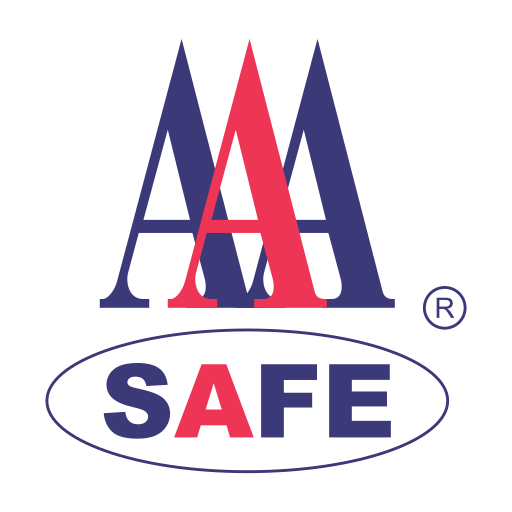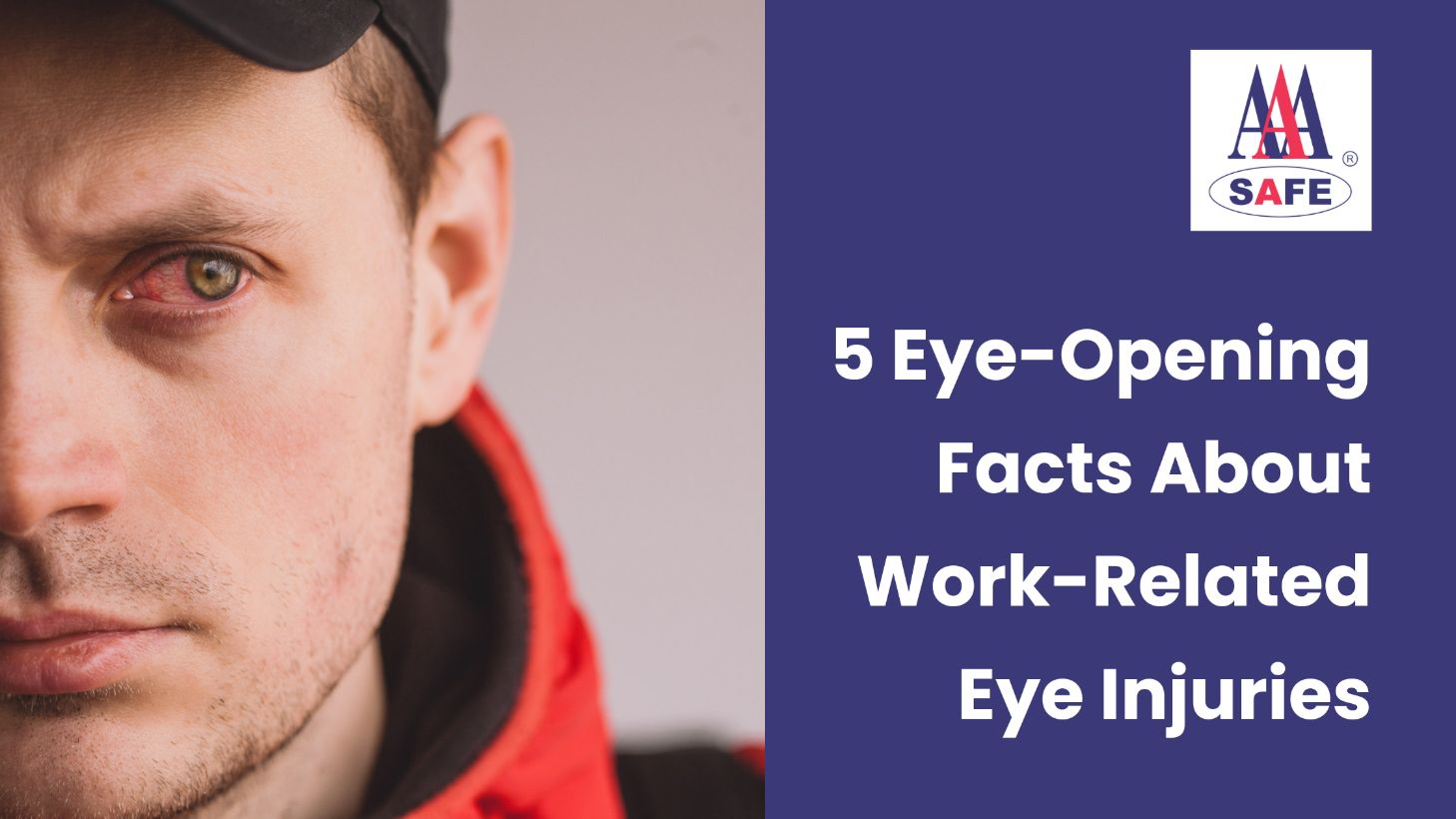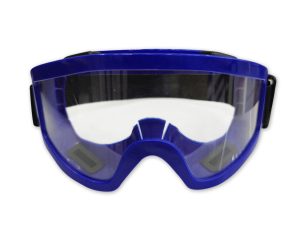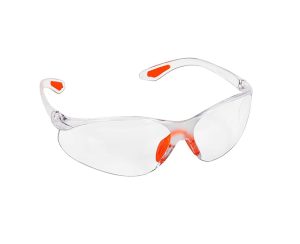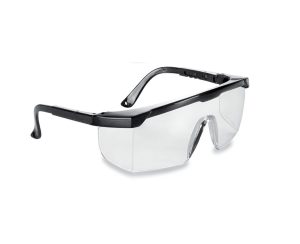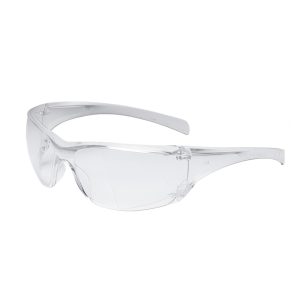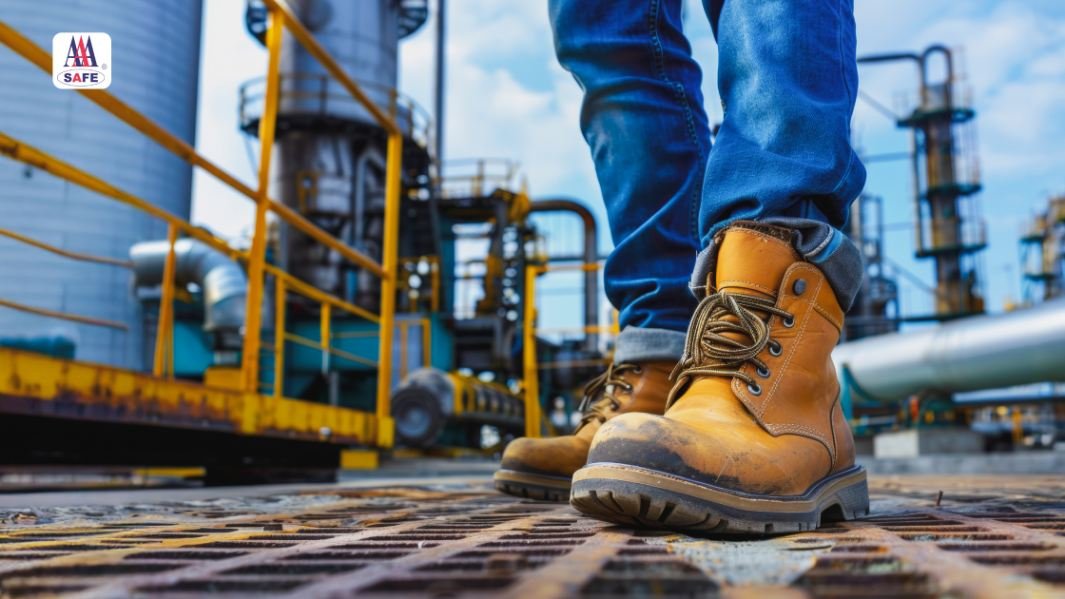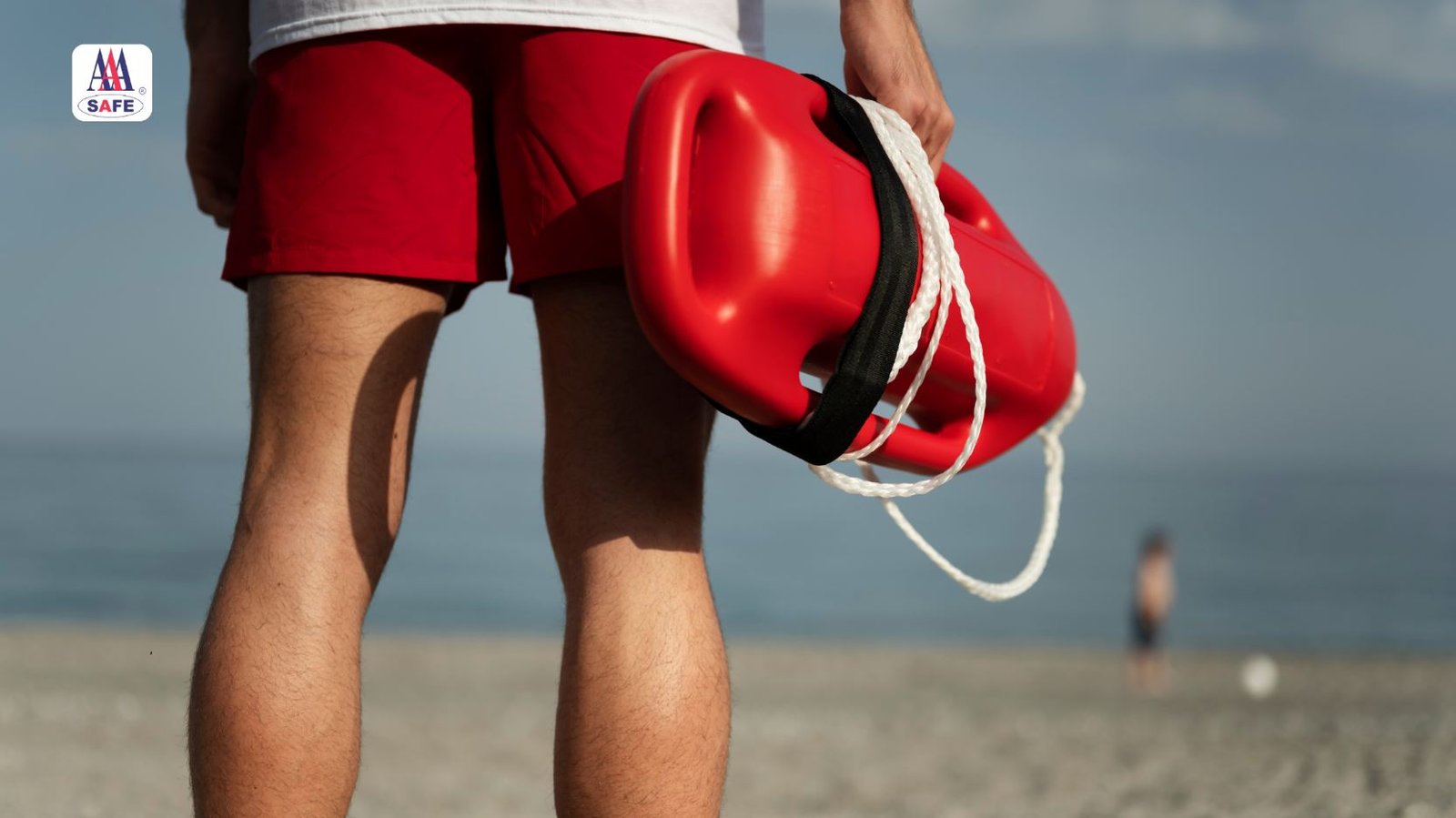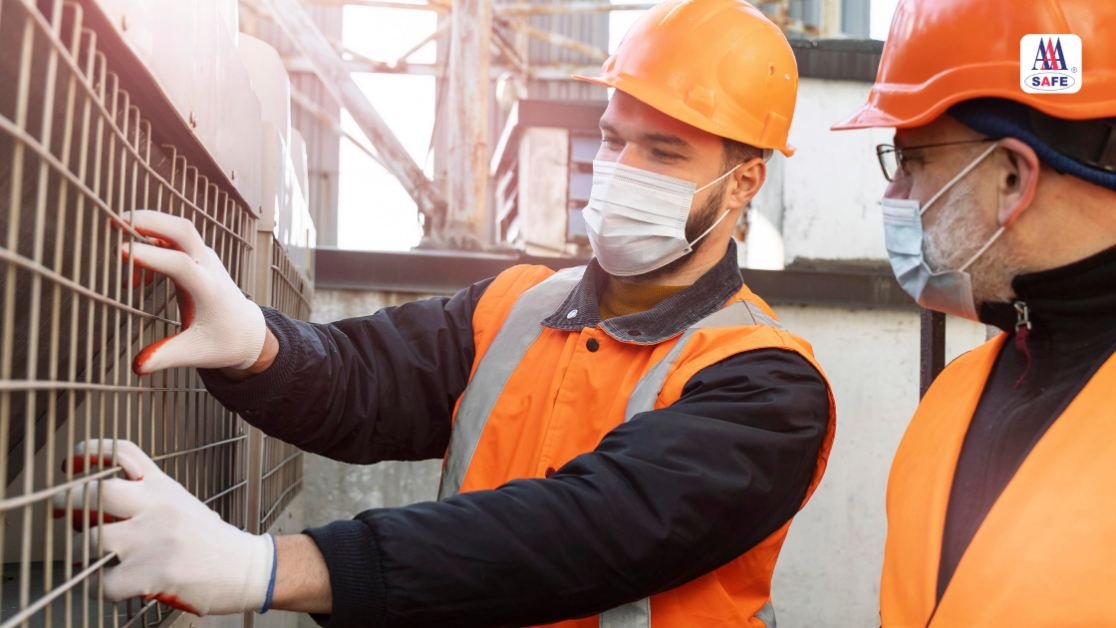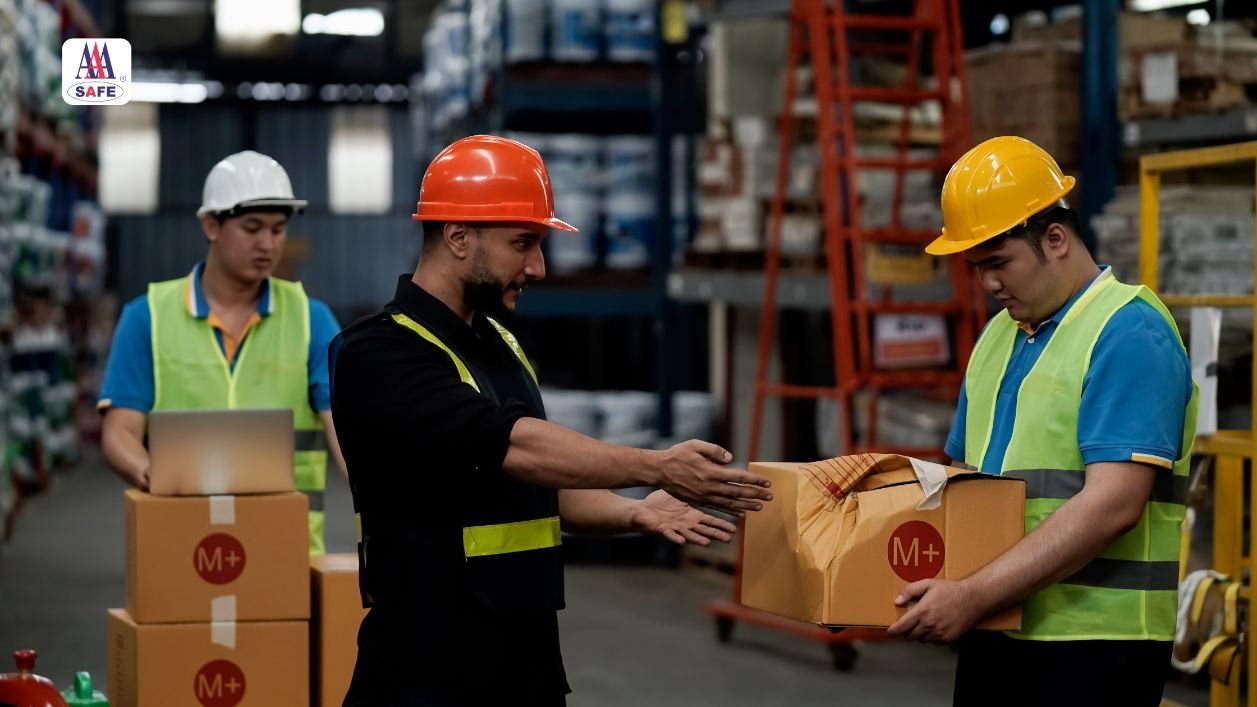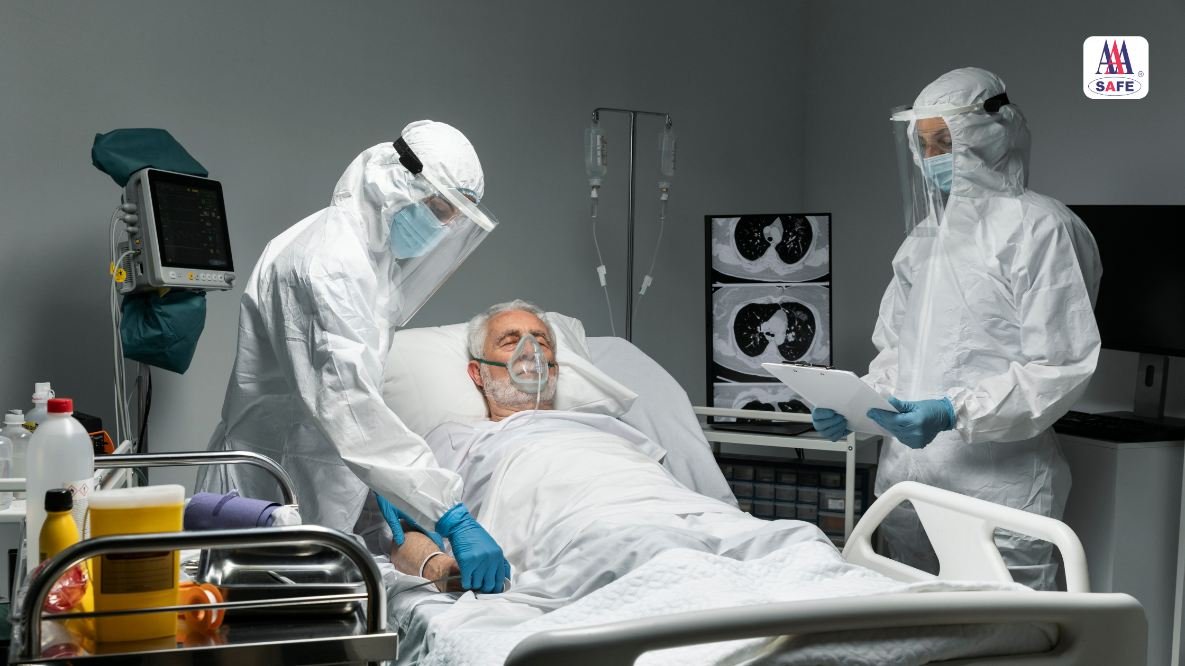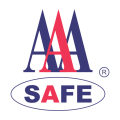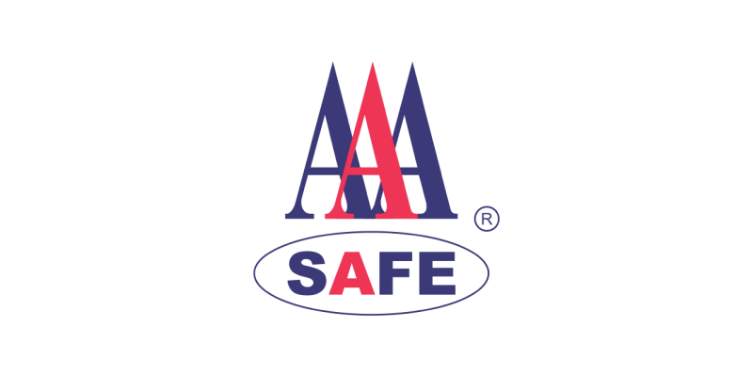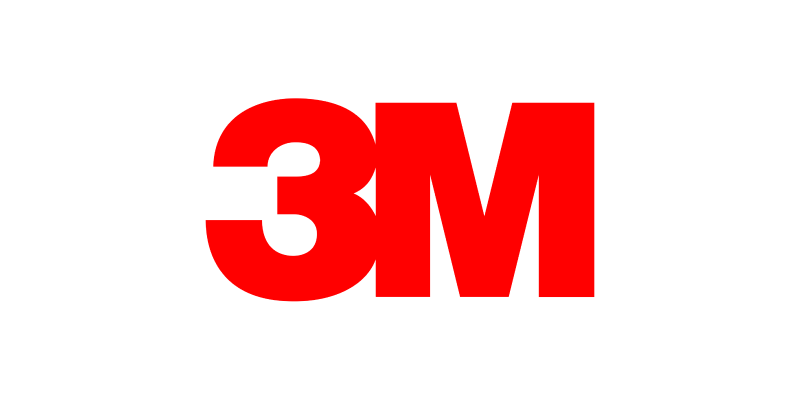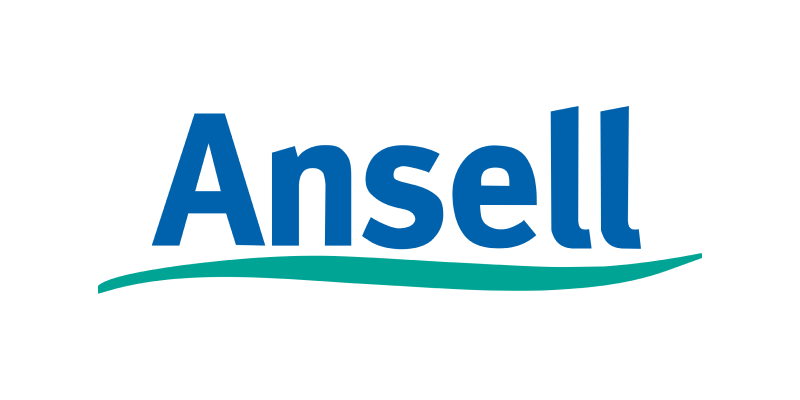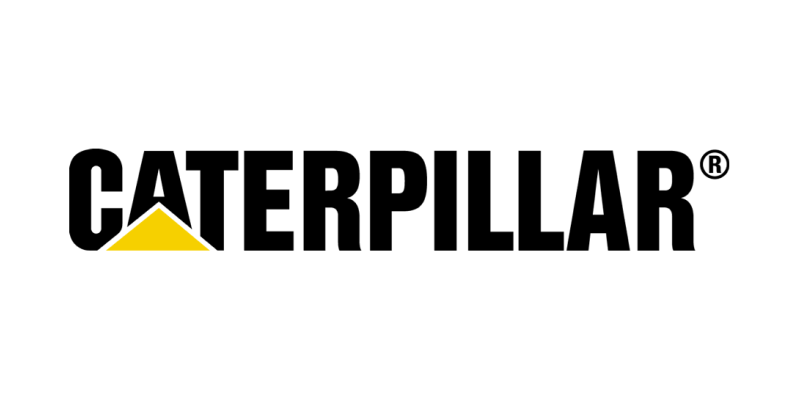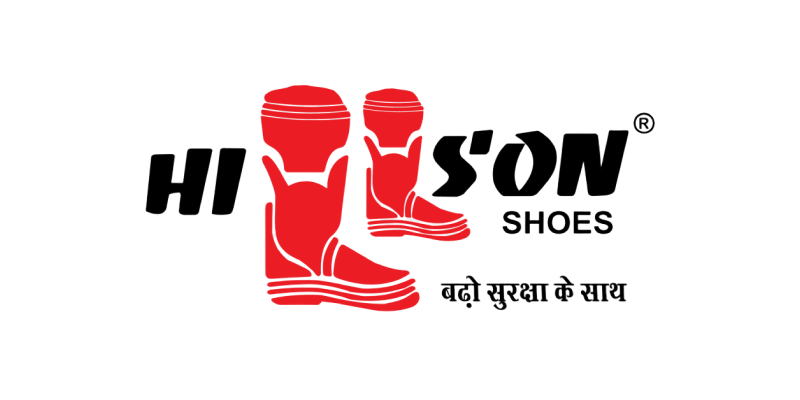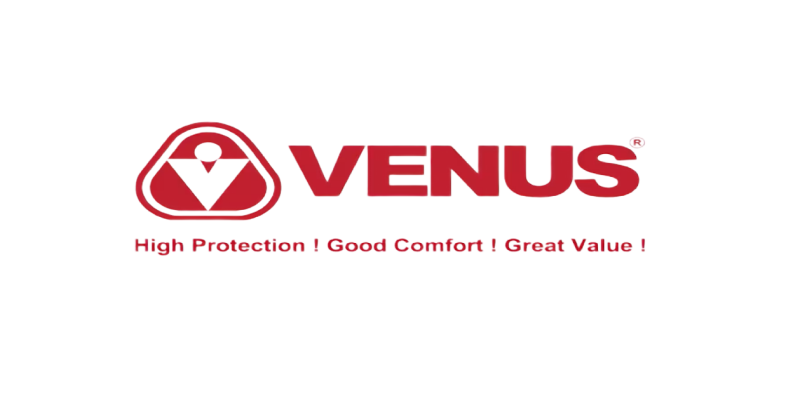Welcome, dear readers! Today, we’re diving into a critical yet often overlooked topic: work-related eye injuries. In the fast-paced, diverse, and ever-growing industries of the United Arab Emirates (UAE), ensuring workplace safety is not just a recommendation but a necessity. Among all workplace injuries, eye-related incidents are particularly common, and their impact can be long-lasting.
This article will uncover five eye-opening facts about work-related eye injuries in the UAE, supported by research, statistics, and actionable steps. By the end of this guide, you’ll understand the risks, prevention methods, and regulations surrounding eye safety in the UAE’s dynamic industries.
Let’s get started and focus on safeguarding one of your most valuable assets—your eyes!
1. The Surprising Frequency of Work-Related Eye Injuries in the UAE
You might be surprised to learn just how common work-related eye injuries are in the UAE. These injuries often occur across a wide range of industries, from construction and manufacturing to healthcare and hospitality.
Eye-Opening UAE Statistics on Eye Injuries
A study conducted in Al-Ain City, UAE, highlighted that 35% of workers in small-scale industrial enterprises reported experiencing an eye injury, with 14.3% experiencing recurrent injuries. This significant percentage reflects the widespread nature of eye-related workplace hazards. Moreover, the UAE Ministry of Human Resources and Emiratisation regularly emphasizes the importance of mitigating workplace injuries, particularly in high-risk industries.
Industry Hotspots for Eye Injuries in the UAE:
- Construction Sector: Projects in cities like Dubai and Abu Dhabi frequently report eye injuries caused by flying debris, dust, and welding sparks.
- Oil and Gas Facilities: Particularly in the Western Region, eye hazards include exposure to chemicals, pressurized fluids, and machinery.
- Manufacturing Plants: In Sharjah and Ras Al Khaimah, employees face risks from metal shavings, grinding sparks, and chemical splashes.
- Healthcare Facilities: Eye injuries caused by bodily fluids, chemicals, and sharp instruments are common.
- Hospitality Industry: Kitchen environments, particularly in large hotels, are prone to splashes from hot oil and cleaning chemicals.
2. The Most Common Causes of Work-Related Eye Injuries in the UAE
To prevent eye injuries, it’s crucial to understand the most common causes in the UAE’s workplace environments.
Flying Debris and Dust: Major Concerns in UAE Workplaces
The construction and manufacturing industries in the UAE are booming, with numerous projects underway. Flying particles like sand, concrete dust, and metal fragments are constant hazards on these sites. According to a study, arc welding (43.4%), chipping (14.3%), and drilling (13.7%) were identified as high-risk activities associated with eye injuries.
High-Risk UAE Industries:
- Construction: Workers face risks from grinding, welding, and drilling activities.
- Oil and Gas: Sandblasting, equipment repairs, and chemical leaks pose threats.
- Manufacturing: Processes like cutting, grinding, and shaping metals generate flying debris.
- Healthcare: Exposure to harmful chemicals, such as disinfectants and cleaning agents.
- Hospitality: Hot liquids and oils in commercial kitchens can cause burns and eye damage.
Chemical Splashes: A Clear and Present Danger
The UAE’s thriving chemical and petrochemical sectors present unique risks. Chemicals like acids, solvents, and alkalis can cause severe corneal damage, sometimes leading to permanent vision loss. Improper handling or lack of personal protective equipment (PPE) heightens these risks.
3. The Long-Term Impact of Work-Related Eye Injuries in the UAE
Eye injuries aren’t just momentary inconveniences—they can have devastating long-term consequences for workers and their families.
Vision Loss: A Real and Alarming Risk
In severe cases, work-related eye injuries can lead to partial or total vision loss. A study focusing on hospitalized eye injuries in Al-Ain Hospital revealed that a majority of injuries (50.4%) occurred in workplace settings, with sharp objects and blunt trauma being the most common causes.
Consequences for Workers and Employers:
- For Workers:
- Reduced quality of life due to impaired vision.
- Emotional and psychological distress.
- Inability to continue working in their field.
- For Employers:
- Decreased productivity due to worker absence.
- Higher medical costs for treatment and rehabilitation.
- Potential legal liabilities for non-compliance with UAE safety regulations.
The Financial Impact of Eye Injuries
The average cost of treating an eye injury in the UAE can range from AED 5,000 to AED 50,000, depending on the severity. These expenses include immediate medical treatment, potential surgeries, and long-term rehabilitation.
4. The Importance of Proper Eye Protection in UAE Workplaces
Proper eye protection is the first line of defense against workplace eye injuries. In the UAE, it’s mandatory for employers to provide adequate PPE to workers exposed to hazardous conditions.
Types of Eye Protection for UAE Work Environments
Each workplace in the UAE has unique requirements for eye protection. The following options are tailored to different hazards:
- Safety Glasses: Ideal for construction sites where flying debris is common.
- Goggles: Provide a snug fit to protect against chemical splashes and dust.
- Face Shields: Essential in industries like petrochemicals, offering full-face protection.
Choosing the Right Eye Protection:
Employers in the UAE should assess their workplace hazards and select appropriate PPE that complies with the country’s occupational health and safety standards.
UAE Regulations on Eye Safety
The UAE Ministry of Human Resources and Emiratisation enforces strict regulations regarding workplace safety, including the use of PPE. Regular audits ensure compliance, and non-compliance can lead to hefty penalties.
5. The Role of Training in Preventing Eye Injuries in UAE Workplaces
Even with the best equipment, a lack of training can render safety measures ineffective. Workers must be educated on the correct use of PPE and hazard identification.
The Importance of Safety Training
Regular training sessions are crucial to fostering a culture of safety. These sessions should cover:
- Correct use of eye protection in dusty or humid UAE climates.
- Identification of potential eye hazards, such as chemical spills or flying particles.
- First aid procedures for eye injuries, including immediate steps before seeking medical care.
Government-Led Safety Programs
The UAE government frequently organizes workplace safety programs in collaboration with industry bodies. These programs include modules on eye safety, ensuring workers remain aware of the latest safety standards.
Additional Insights: Innovative Eye Safety Measures in the UAE
Virtual Reality (VR) Training
Forward-thinking companies in the UAE are adopting VR simulations for safety training. Workers can experience virtual hazards and learn how to respond in real time without any risk, making training more engaging and effective.
Smart PPE in UAE Industries
Smart safety glasses, equipped with hazard detection sensors, are gaining popularity in industries like oil and gas. These glasses alert workers to nearby risks and provide real-time guidance, enhancing overall workplace safety.
Statistics and Table: Eye Safety in the UAE
| Category | Information |
|---|---|
| Most Common Type of Eye Injury in UAE | Foreign body in the eye (40% of cases) |
| UAE Industry with Highest Eye Injury Rate | Construction (35% of all reported cases) |
| Most Common Age Group for Eye Injuries | Median age of 25 years |
| Gender Distribution of Eye Injuries | 89% male |
| Most Common Mechanisms of Injury | Sharp objects (24.1%) and blunt trauma (16.3%) |
Conclusion: Protecting Eyes in UAE Workplaces
Your eyes are invaluable, and protecting them should be a top priority in the UAE’s dynamic industries. By understanding the risks, adhering to regulations, and implementing proper training, employers and workers can work together to reduce eye injuries. Whether you’re in Dubai, Abu Dhabi, or Sharjah, safety is everyone’s responsibility.
Let’s keep our vision clear and our workplaces safe. If you have any questions or experiences about workplace eye safety in the UAE, feel free to share them in the comments below. Together, we can ensure a safer future for everyone!
